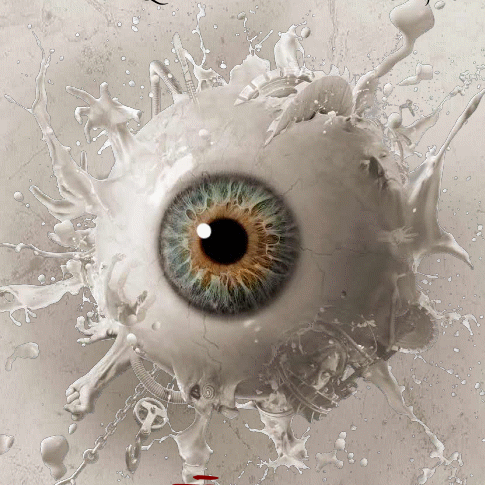Should you haven’t heard about stone paper before, take it easy — we barely had either. However the flexible, mineral-based medium is really a factor, and it is unique characteristics are pushing it to fast recognition. Its eco-friendly claims, however, may require a little bit of scrutiny.
Stone paper has some attractive characteristics like a writing material. At first touch, you are able to tell the sheets aren’t normal wood-based paper. The web pages are smoother, and make an attempt to tear them. Ink writes equally well, or possibly better still, even though some gel inks might take just a few minutes to dry completely. In many different ways stone papers like Repap appear to reinvigorate paper with aspects you usually wanted paper had. It’s durable, oil and tear resistant, and waterproof, and because you can fold it like paper your plane-making days might not be as numbered while you thought before.
Notepads produced from the fabric happen to be turning up on school supply store’s shelves through companies like Oxford and FiberStone. The most recent in this area comes from an italian man , company Ogami, with two collections of Euro-designed notebooks which use stone paper made by a business called Repap. These notebooks possess the quality and aesthetic connected with finely made journals from the likes of Moleskine, Ciak, and Cartesio.
Alaina Darr, the inventory manager at Jenni Bick Bookbinding, states event although the store only has transported Ogami notebooks for under annually, they’ve become more and more well-liked by new clients.
“Rather compared to same customers returning for more, the sales are mainly from new clients,Inches Darr states. “We’re unsure if it is person to person or even the attraction of recycled materials, or potentially it’s both. I’ll require a new pocket notebook in my purse soon and I will buy one of these simple myself.”
The businesses using stone paper claim it’s a better option to the pulp-based standard, as it doesn’t use trees, water, swimming pool water, acids, or oil in the creation. It’s mainly produced from calcium carbonate, probably the most common substances in the world. Apart from creating a part of marine organism shells, pearls, and eggshells, calcium carbonate is another natural consequence water and limestone that can be found in quarries. The substance isn’t any stranger towards the paper world – within the last 3 decades it’s been utilized as a filter along with a coating pigment to create whiter, better, glossier paper. However in making stone paper, the mineral graduates from just as being a simple coating to to be the heart from the product, comprising 80 % of their composition. The calcium carbonate is ground right into a fine powder and mixed along with a tiny bit of high-density polyethylene (HDPE).
Yes, HDPE, the synthetic plastic produced from catalyzed gas byproducts, which enhances the question of greenwashing for the folks behind the fabric.
HDPE is among the most typical plastics on the planet. It’s used by us everyday, much more frequently than we most likely know. It’s present in packaging like milk cartons and shampoo bottles, in addition to fuel tanks, hard hats, and hula hoops. Additionally, it comprises most from the growing oceanic plastic gyres. In stone paper, HDPE can be used like a binder to help keep the calcium carbonate together in flat sheets, and to own end product the foldable quality of real paper. Based on the Environmental protection agency, it’s considered a kind 2 plastic, that is broadly recognized at recycling centers, although not always. These components is recyclable like a plastic too, as lengthy as everybody within the recycling process knows of this, and doesn’t mistake it for common paper. So yes, it uses stone rather of trees to create paper, however it couldn’t achieve this with no little plastic push.
Beyond being recyclable, the stone materials are stated to photodegrade with 14-18 several weeks of sunlight exposure. It isn’t obvious, however, what goes on towards the HDPE component next process occurs. And like normal plastics, stone paper won’t degrade whatsoever if hidden below where light exposure can happen. This light-sensitive property does mean that departing your incomplete memoirs in your dashboard can be ruinous.
The moisture-resistant characteristics from the material does lend itself to 1 potentially ideal use: printed books. And actually, book publishers are gradually warming to the concept of stone paper. A minumum of one publishing company has used the resilient substance for just one of their publications. In 2011, a Taiwanese writer printed Little Pig Searches for Rain, a children’s book appropriately concerning the extreme results of global warming and ecological concerns.
It might be some time before you decide to see more books by using this material, on the other hand, Ogami appears to possess made stylish notebooks that highlight stone-paper technology. They’re similar to Moleskine in design, together with priced too.
Even though many paper mills use sustainable foresting techniques, if the thought of felling trees still provides you with pangs of guilt, these pads may be an alternate — if you’re able to accept some plastic together with your stone.
All photos: Ariel Zambelich/Wired 
Return to Top. Skip To: Oncoming of Article.
- plastic
- trees
Resourse: https://wired.com/2013/02/stone-paper-notebook/
 Stone direct services
Stone direct services 